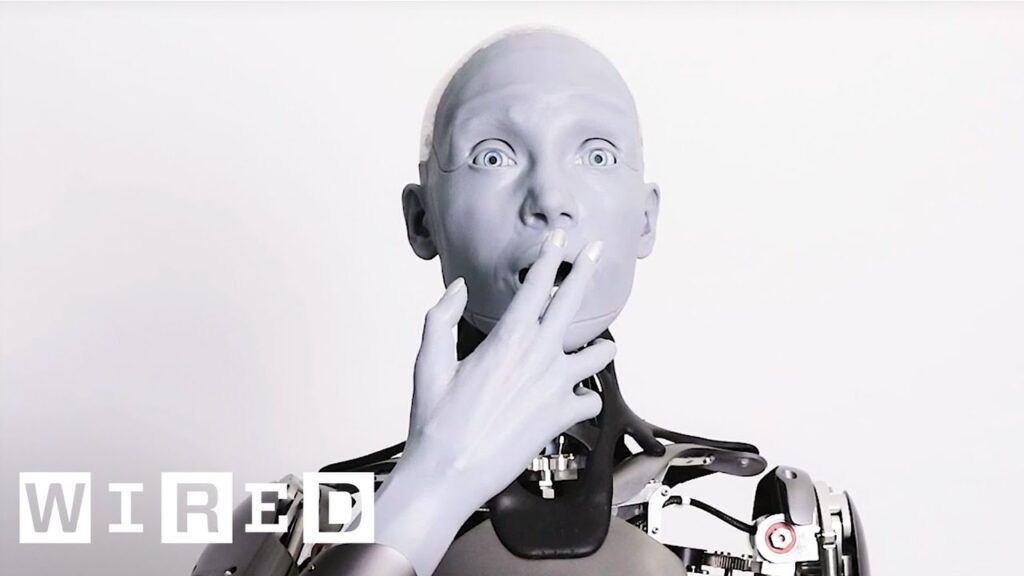Hygiene in Space: How Astronauts Stay Clean and Healthy
Summary
In this article, we explore the importance of hygiene in space and how astronauts maintain their cleanliness and health. From using a waste containment system to recycling urine, taking sponge baths, and using special hygiene products, we delve into the complex process of staying clean in a zero-gravity environment.
Table of Contents
- Waste Containment System
- Water Conservation and Recycling
- Sponge Baths and Hygiene Products
- Haircuts and Shaving
- Dental Hygiene
- Conclusion
Waste Containment System
In space, there is no flush toilet like on Earth. Instead, the space shuttle had a Waste Containment System (WCS) that had a hose for urine and a compartment for poop. Astronauts used a funnel that was attached to the hose for urine collection, and when the tank was full, they would dump the urine into space, which would crystallize and disappear. After using the WCS, astronauts would clean themselves and the area using wet wipes and hand sanitizer. Experienced astronauts could even pee upside down, but it required care and caution. On the space station, astronauts use a big yellow funnel to recycle urine. If the toilet breaks, the backup is to use Apollo bags taped to your bottom, which is considered unpleasant.
Water Conservation and Recycling
Water is a precious resource in space, and it is collected, cleaned, treated, and reused, including for drinking coffee. The process of going to the bathroom is complicated and requires good alignment. There is a camera and closed circuit TV to check alignment, and little arms to keep you on the toilet seat. After using the toilet, a mirror is used to check for anything left behind, and disinfectant wipes are available to clean up. Water is conserved on the space station, so a big shower is not possible. Instead, astronauts take sponge baths using a washcloth with soap and water, and then hang them up to dry. They also use thinner towels that are absorbent.
Sponge Baths and Hygiene Products
To wash their hair, astronauts use rinseless shampoo and a washcloth, and then dry it with a towel. They have a special shaving cream called Astro Edge and electric razors to avoid the need for running water. Haircuts are done with electric clippers attached to a vacuum hose. Dead skin and nail clippings are done near the vent to be captured and cleaned. Astronauts can bring their own toothbrushes to space if they prefer.
Dental Hygiene
Hygiene in space also includes dental hygiene. Astronauts need to brush their teeth regularly, and they use toothpaste that is edible and safe to swallow. They also use a special rinse that does not require spitting. Toothbrushes need to be kept clean and dry to avoid bacteria growth.
Conclusion
Hygiene in space is crucial for the health and well-being of astronauts. From using a Waste Containment System to recycling urine, taking sponge baths, and using special hygiene products, astronauts have developed innovative ways to stay clean in a zero-gravity environment. While the process can be complex and challenging, it is necessary for the success of space missions and the safety of astronauts.







